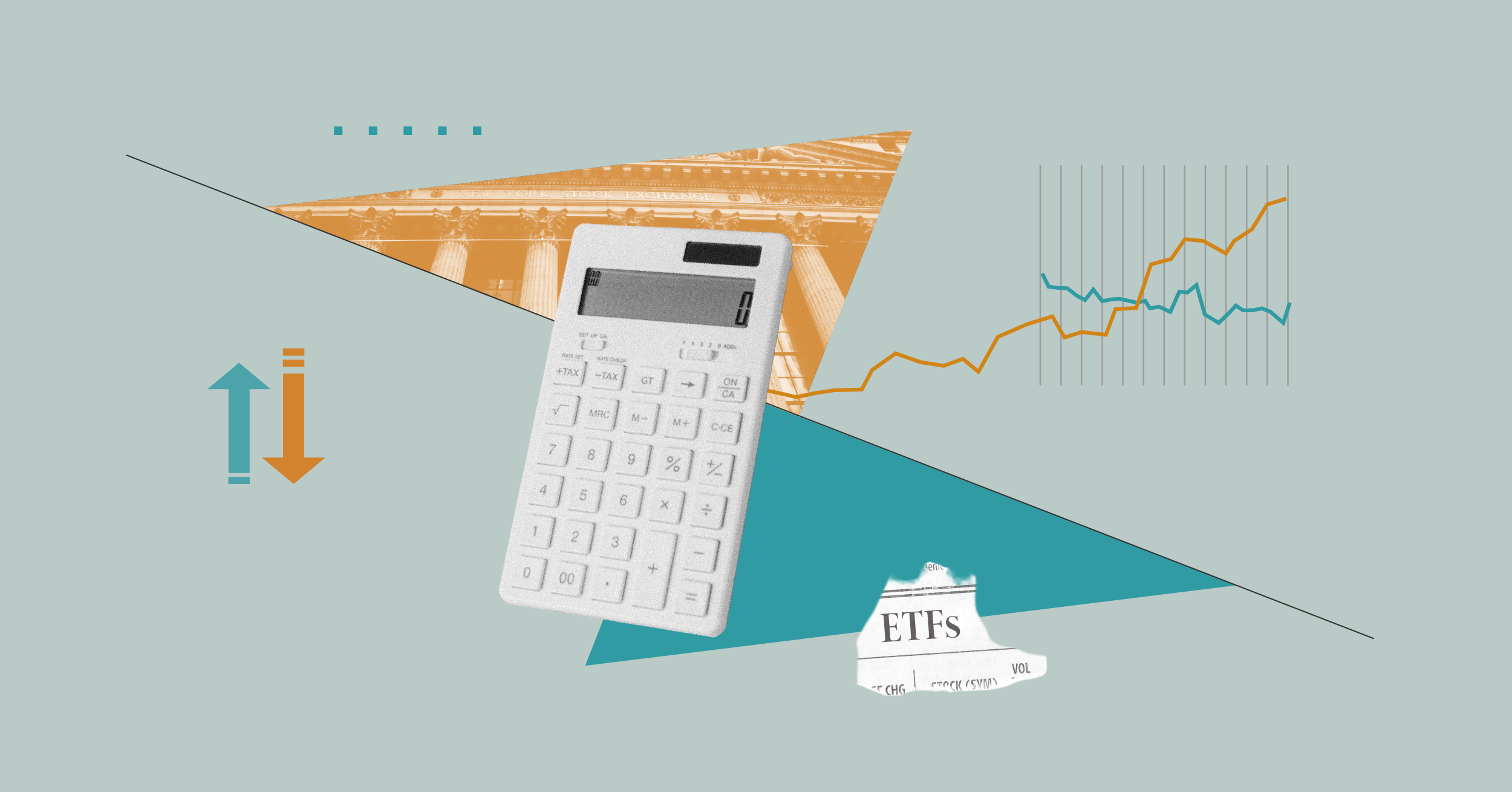
Valuations in the UK stock market look compelling, but risks remain - meaning fund managers are buying domestic equities selectively, and with caution.
The yield gap between UK equities and UK Gilts stood last week at around 3%, notes William Meadon, manager of JPMorgan Claverhouse (JCH). The last time that gap was this pronounced was during the First World War.
Matthew Evans, manager of the Investec UK Smaller Companies fund, further explains that what we have seen in recent times are diversions in valuations, rather than a broad-based attractive buying opportunity.
That’s good for bottom-up, stock-picker investors, says Evans. “It gives us a better opportunity to buy good businesses for the medium to long term,” he adds.
But, with uncertainty around the result of Brexit – Tuesday saw the threat of a no-deal Brexit recede, but not disappear altogether – he is cautious. Evans says when his portfolio is really high conviction, the top 10 holdings account for around 40% or more of the fund’s assets. Currently, that number’s just 25%.
Evans says he spent the summer “quite nervous”, taking profits on good-performing stocks with the aim of recycling that cash elsewhere as opportunities arose down the line. Some of those opportunities presented themselves in the final few months of 2018, but not as many as some might think.
While many firms are cheap, some of the higher-quality companies, particularly at the large-cap end for his newly launched Investec UK Sustainable Equity fund are, in fact, fairly valued. As a result, this fund has around 8% in cash.
“There are a range of companies at the moment that I’d like to buy but I’m not buying because I think they’re pricing in perfect execution and no chance of a UK recession,” says Evans. “That’s not my default position. Therefore, I do not want to overpay for any companies.”
Meadon says his fund also became slightly more cautious through the course of 2018, although it has redeployed some capital back into markets this year.
This time last year, Claverhouse’s gearing was around 14%, but that halved by October with exposure to mid-cap stocks being dialled down. Rather than recycling that cash back in while markets were in freefall, gearing came down even more.
“We took it down to 2-3% by the end of the year,” says Meadon. “It was almost preservation of capital – wait for the storm to pass and in the meantime sail fairly close to the shore.”
Buying Opportunities
Both funds have seen opportunities since, though. Claverhouse is currently back up to around 7-8% geared and started buying in earnest in the first couple of weeks of January.
“There clearly are a lot of uncertainties and I don’t think we’re going to go back to 14% or 15% geared any time soon,” explains Meadon. “But we’re watching reporting season and on average it’s going pretty well.”
His buying tended to be in the large FTSE 100 stocks, where the fund is currently overweight compared to peers. The reason for this is threefold.
First, the 5% forward dividend yield on the FTSE 100 suggests there’s a lot of value to be had there, despite some misgivings over the sustainability of Vodafone (VOD) and British American Tobacco’s (BATS) payouts.
Second, the potential for a hard Brexit sterling devaluation is still there, which would benefit the overseas earners that populate the blue-chip index.
Third, liquidity is a consideration. “I think a premium should be placed on just the ability to change your mind,” says Meadon. Should markets become difficult again, it’s easier and quicker to trade in FTSE 100 stocks than it is further down the size spectrum.
For Evans’ small-cap fund, this is less of a consideration. However, the stocks he picks out are larger than most you would find in this universe.
He took profits from both tonic maker FeverTree (FEVR) and automation firm Blue Prism (PRSM) midway through 2018 “to prepare to buy the lower cost names”.
In the end, both stocks pretty much halved from their September peak to December trough. This meant he recycled all the cash he’d taken out of them back into them at a much better valuation.
Two areas that did become extremely out of favour towards the end of 2018 were construction and housebuilding. “They were pricing in a big UK recession, and were pricing in every construction company being a Carillion or Kier (KIE),” he explains.
That created opportunities in the likes of Costain (COST), which has a net cash balance sheet and a differentiated business model. “It doesn’t do everyday, core construction; it’s more involved in infrastructure, which the Government is now investing more into.”
Other areas include Paypoint (PAY) which, due to the sale of one of its business, is currently returning lots of cash to shareholders. It’s expected to yield around 10% for the next year or more but is trading at around 14 times earnings.
Evans says he’s comfortable with his slightly lower-conviction portfolio today. “There’s still some good positions in Clinigen (CLIN), Coats (COA) and Paypoint. They’re not the classic high-growth, high-multiple stocks, but they are good, solid businesses that I think are undervalued given their prospects.”





























